introduction

If you’ve been thinking about how to build a freelance career from scratch, you’re taking the first step toward a life of flexibility and independence. Freelancing opens doors to work on your own terms, choose projects you truly enjoy, and escape the limitations of a traditional nine-to-five job. While the journey may feel overwhelming at the beginning, with the right mindset and strategies, anyone can turn their skills into a thriving freelance career.
Building Your Client Base
Once you’ve got your niche, your second challenge comes when you need your first clients. That’s when patience pays. Most freelancers give up too soon because they don’t see things immediately, but remember this: every successful freelancer once had zero.
Begin small. Freelance websites or personal contact with potential customers who need your expertise are a good place to begin. Initially, you may need to take lower-paying jobs as a precursor but not a permanence. As each job gets done, you continue to develop a level of trust and credibility.
Networking is equally important. Connect with other freelancers in your field, join relevant Facebook or LinkedIn groups, and participate in discussions. Often, established freelancers pass on extra work or refer clients to reliable beginners. Word-of-mouth recommendations can quickly snowball into steady work.
Do not underestimate cold pitching as a skill. Freelancers get long-term clients by just reaching out to companies and delivering value. A generic e-mail conveying the message that you understand their needs may get the door ajar for opportunities not listed online.
Continuing and Developing Your Freelance Business
Once you get your client base, you work towards sustainability and growth. Freelancing involves more than the completion of projects, but also time management, financial management, and managing your clients.
Consistency is the key. Always meet the deadline and communicate well. Satisfied clients come back as repeat clients, and they might even send other individuals your way. You may increase your rates from time to time as your experience and portfolio grow.
Diversify your streams of income. Don’t rely all your eggs in one client or platform basket. Diversify. You may do a combination of client work and passive streams such as digital products, online courses, or selling templates. This insulates you during the lean times.
Lastly, invest in yourself. Get online courses, learn new tools, and stay current with what’s trending. Freelancing as a profession is a constantly evolving career, and the more you upgrade your skills, the more valuable a client you are. Building a freelance career from the ground up does come with a share of struggles, but patience, persistence, and the right methodology can turn your passion into a lucrative career. Freelancing is not a job—it’s a lifestyle which consists of freedom, flexibility, and limitless potential for development.

